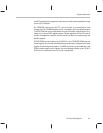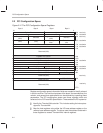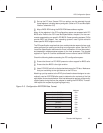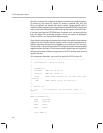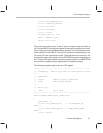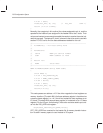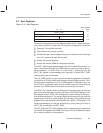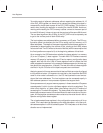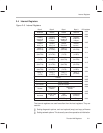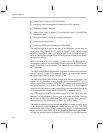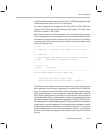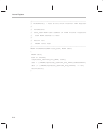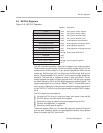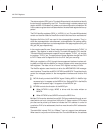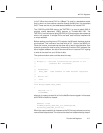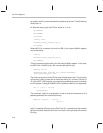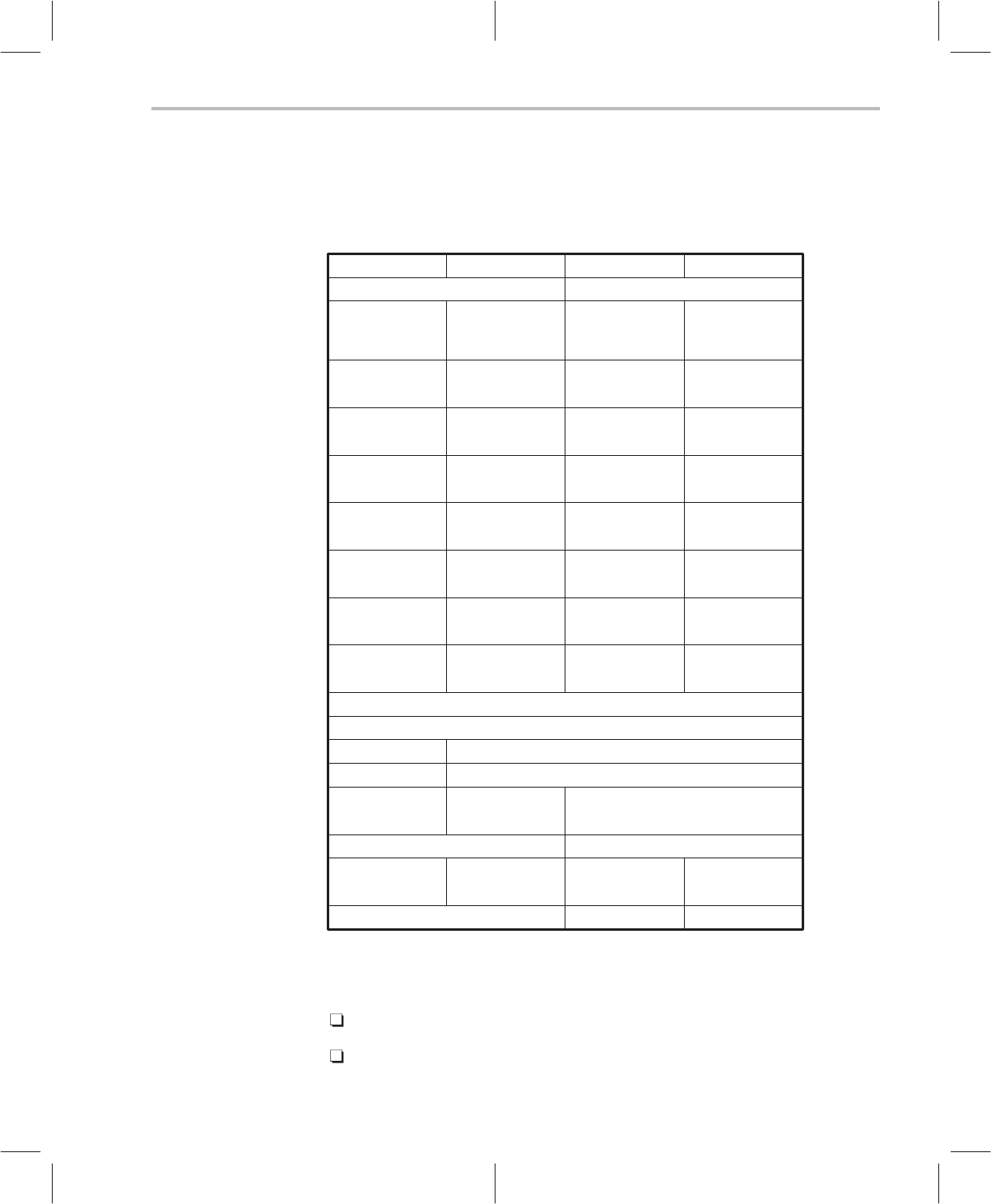
Internal Registers
2-11
ThunderLAN Registers
2.4 Internal Registers
Figure 2–5. Internal Registers
DIO address
0x44
0x40
0x3C
0x38
0x34
0x30
0x2C
0x28
0x24
0x20
0x1C
0x18
0x14
0x10
0x0C
0x08
0x04
0x00
LEDregBSIZEregMaxRx
collisions
Excessive
collisions
Late
errors
Carrier loss
Acommit
Multicollision Tx framesSingle collision Tx frames
frames
Deferred Tx
frames
CRC error
frames
Code error
Good Rx frames
Good Tx frames
Rx overrun
Tx underrun
HASH2
HASH1
(31 to 24)
Areg_3
(23 to 16)
Areg_3
(15 to 8)
Areg_3
(7 to 0)
Areg_3
(15 to 8)
Areg_2
(7 to 0)
Areg_2
(47 to 40)
Areg_3
(39 to 32)
Areg_3
(47 to 40)
Areg_2
(39 to 32)
Areg_2
(31 to 24)
Areg_2
(23 to 16)
Areg_2
(31 to 24)
Areg_1
(23 to 16)
Areg_1
(15 to 8)
Areg_1
(7 to 0)
Areg_1
(15 to 8)
Areg_0
(7 to 0)
Areg_0
(47 to 40)
Areg_1
(39 to 32)
Areg_1
(47 to 40)
Areg_0
(39 to 32)
Areg_0
(31 to 24)
Areg_0
(23 to 16)
Areg_0
revision
Default
Subclass
Default
Min_Lat
Default
Max_Lat
Default
LSbyte
vendor ID
Default
MSbyte
vendor ID
Default
LSbyte
device ID
Default
MSbyte
device ID
Default
NetConfigMan Test
NetCmd
NetSio
NetSts
NetMask
Byte 0
Byte 1
Byte 2
Byte 3
The internal registers are used less often than the host registers. They are
used for:
Setting diagnostic options, such as loopback (wrap) and copy all frames
Setting network options. This is usually a one-time operation at initialization.



